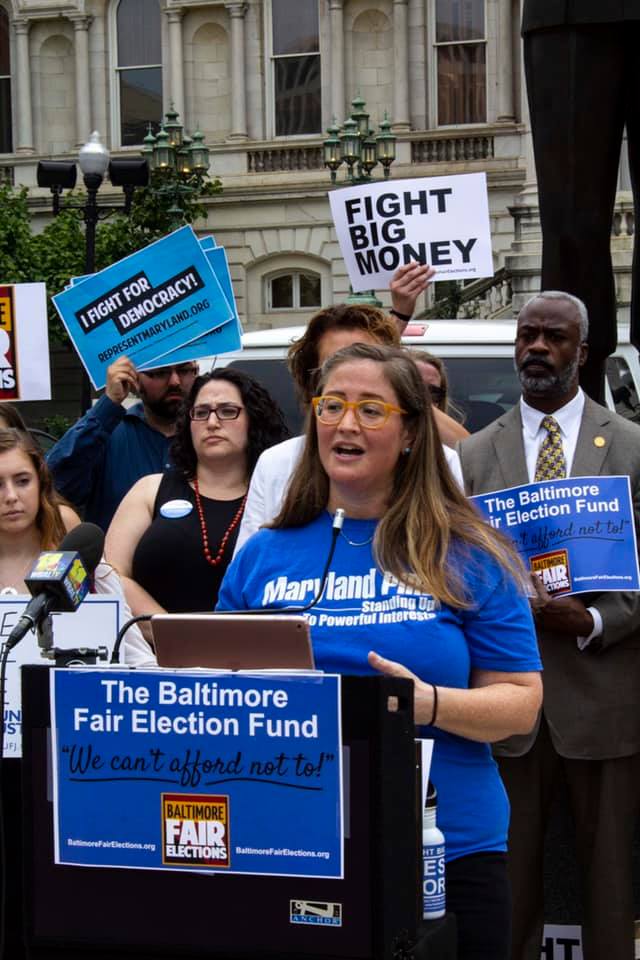
The path to reopening must follow public health guidelines
Marylanders are eager to move beyond the shelter-in-place phase of the coronavirus response. But many are still anxious about safety. What are public health experts recommending?
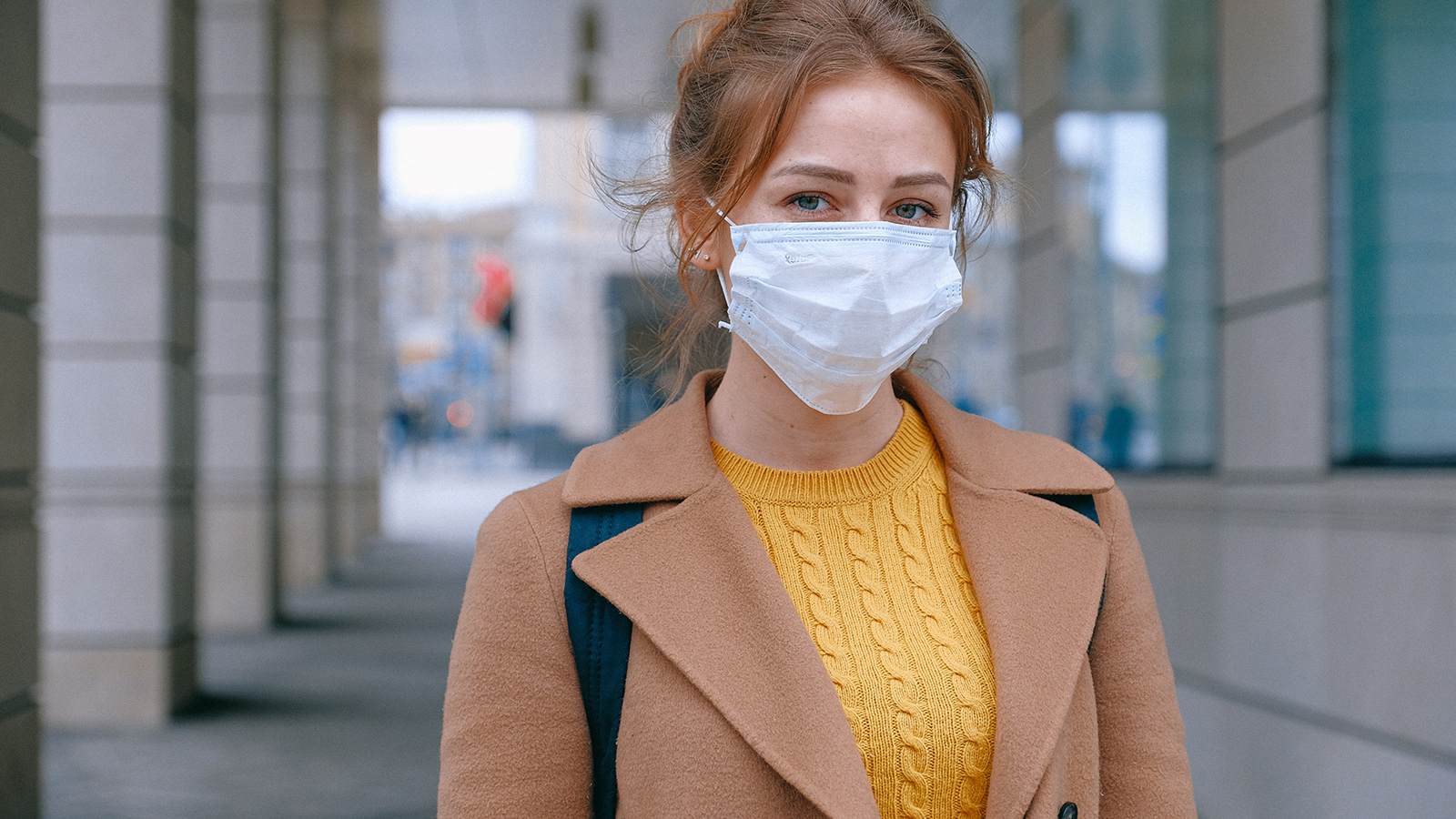
Marylanders are eager to move beyond the shelter-in-place phase of the coronavirus response. But many are still anxious about safety. What are public health experts recommending?
The Johns Hopkins Center for Health Security includes some of the top public health experts in the country. Here are the minimum criteria for states to meet before considering reopening, according to their report, Public Health Principles for a Phased Reopening During COVID-19: Guidance for Governors:
- The number of new cases in the state has declined for at least 14 days.
- Rapid diagnostic testing capacity is sufficient to test, at minimum, all people with COVID-19 symptoms as well as their close contacts, plus all those in essential roles in health care and first response.
- The healthcare system is able to safely care for all patients, including having appropriate personal protective equipment for healthcare workers.
- There is sufficient public health monitoring capacity to conduct contact tracing for all new cases and their close contacts.
These criteria lay out the path for safely reopening. Every situation is different, so there’s no one-size-fits all formula for states to follow to the letter. Governor Hogan’s “Roadmap to Recovery,” puts Maryland on the right track, but the true test of the plan will be ensuring it is properly implemented.
The experts are telling us that all states do need to have secured an adequate amount of essential pandemic-fighting capacity in the form of testing supplies, PPE and tracing capacity. With these tools, experts tell us, we can prevent unmanageable resurgence of COVID-19 cases and begin the process of safe reopening.
The curve of new cases has begun to flatten in many areas, thanks to public adherence to shelter-in-place and social distancing rules, and other forms of personal discipline like increased hand-washing and decreased face-touching. Across the population, people’s respect for expert advice helped make that happen, and will need to continue.
As for contact tracing, we should expect Maryland’s state and local health agencies to develop and execute a robust plan as outlined in the Governor’s roadmap. But the truth is, the states’ ability to stock adequate testing and medical supplies hinges on a coordinated national effort to make and distribute the materials we need. That’s why we’re joing U.S PIRG in demanding national leadership to increase production of these crucial pandemic-fighting materials, and most of all, to coordinate the response to ensure states have enough supplies when they need them.
Public health leaders have laid out our next steps. State and local officials should follow the experts’ advice. The federal government should ensure that they’re able to.
Photo credit: Anna Shvets via Pexels.com
Topics
Authors
Emily Scarr
State Director, Maryland PIRG; Director, Stop Toxic PFAS Campaign, PIRG
Emily directs strategy, organizational development, research, communications and legislative advocacy for Maryland PIRG. Emily has helped win small donor public financing in Baltimore City, Baltimore County, Howard County, Montgomery County, and Prince George's County. She has played a key role in establishing new state laws to to protect public health by restricting the use of antibiotics on Maryland farms, require testing for lead in school drinking water and restrict the use of toxic flame retardant and PFAS chemicals. Emily also serves on the Executive Committees of the Maryland Fair Elections Coalition and the Maryland Campaign to Keep Antibiotics Working. Emily lives in Baltimore City with her husband, kids, and dog.
Find Out More
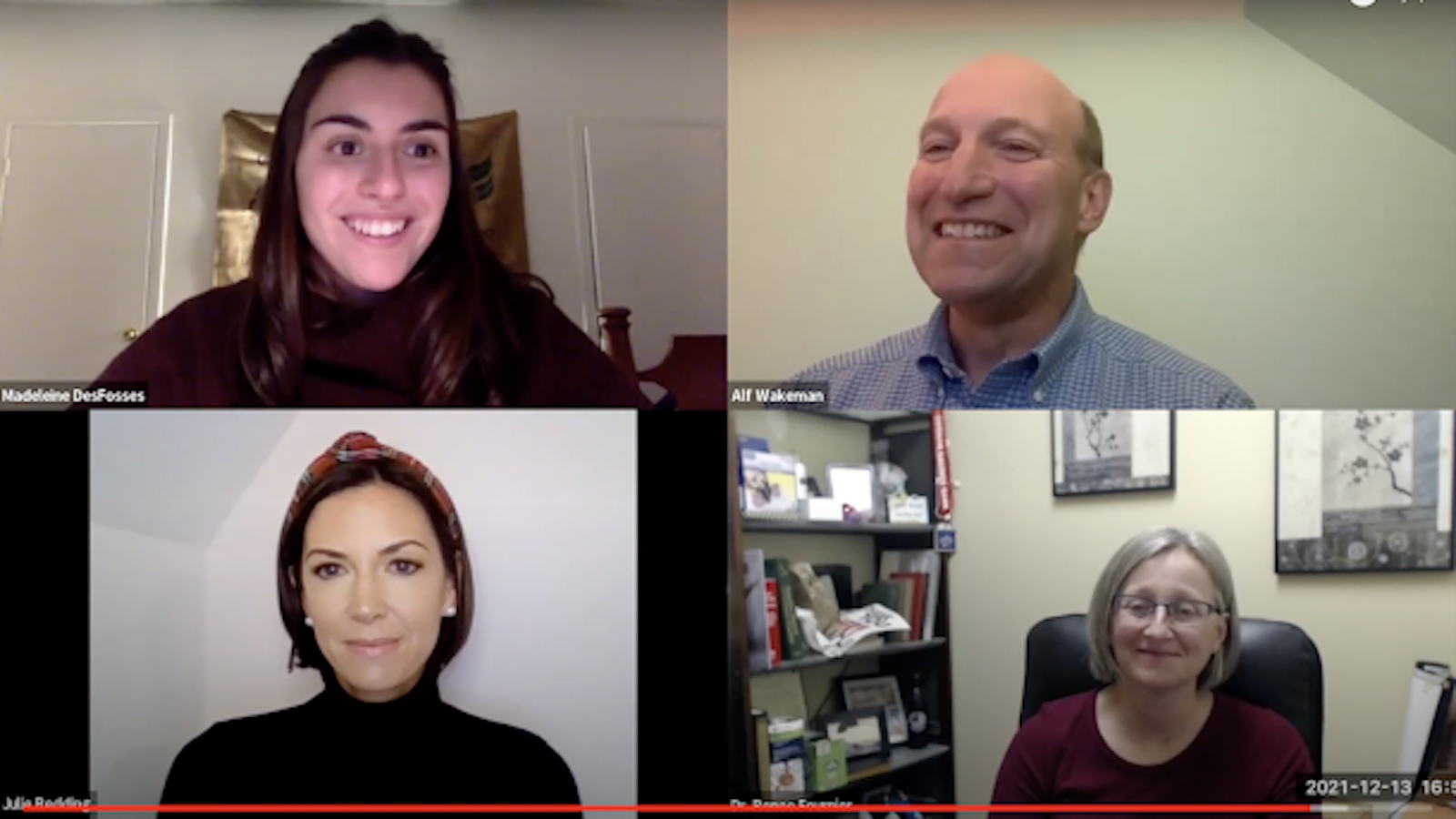
PIRG, health professionals combat COVID-19 misinformation
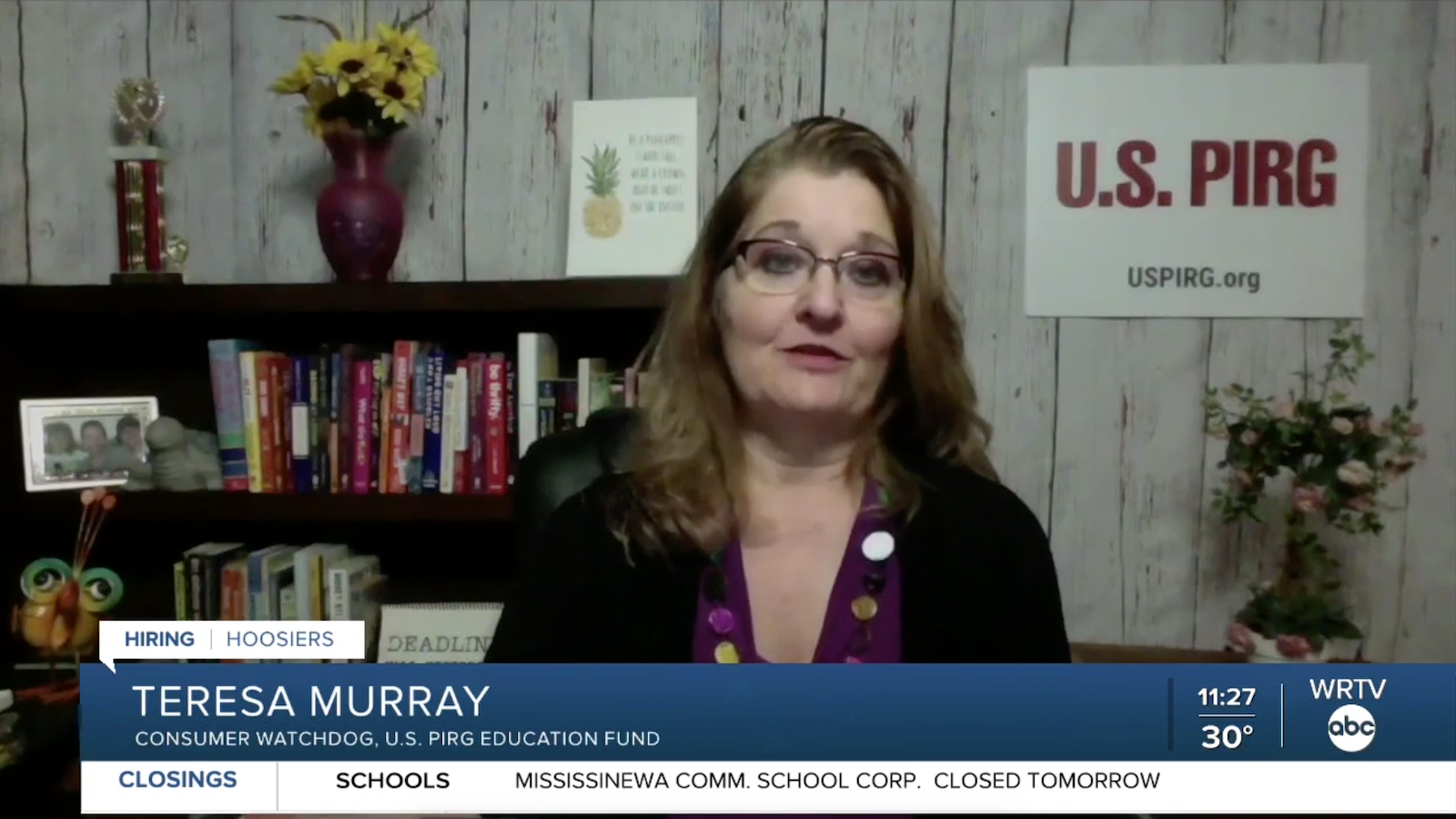
Federal vaccine mandate for nursing homes will save lives
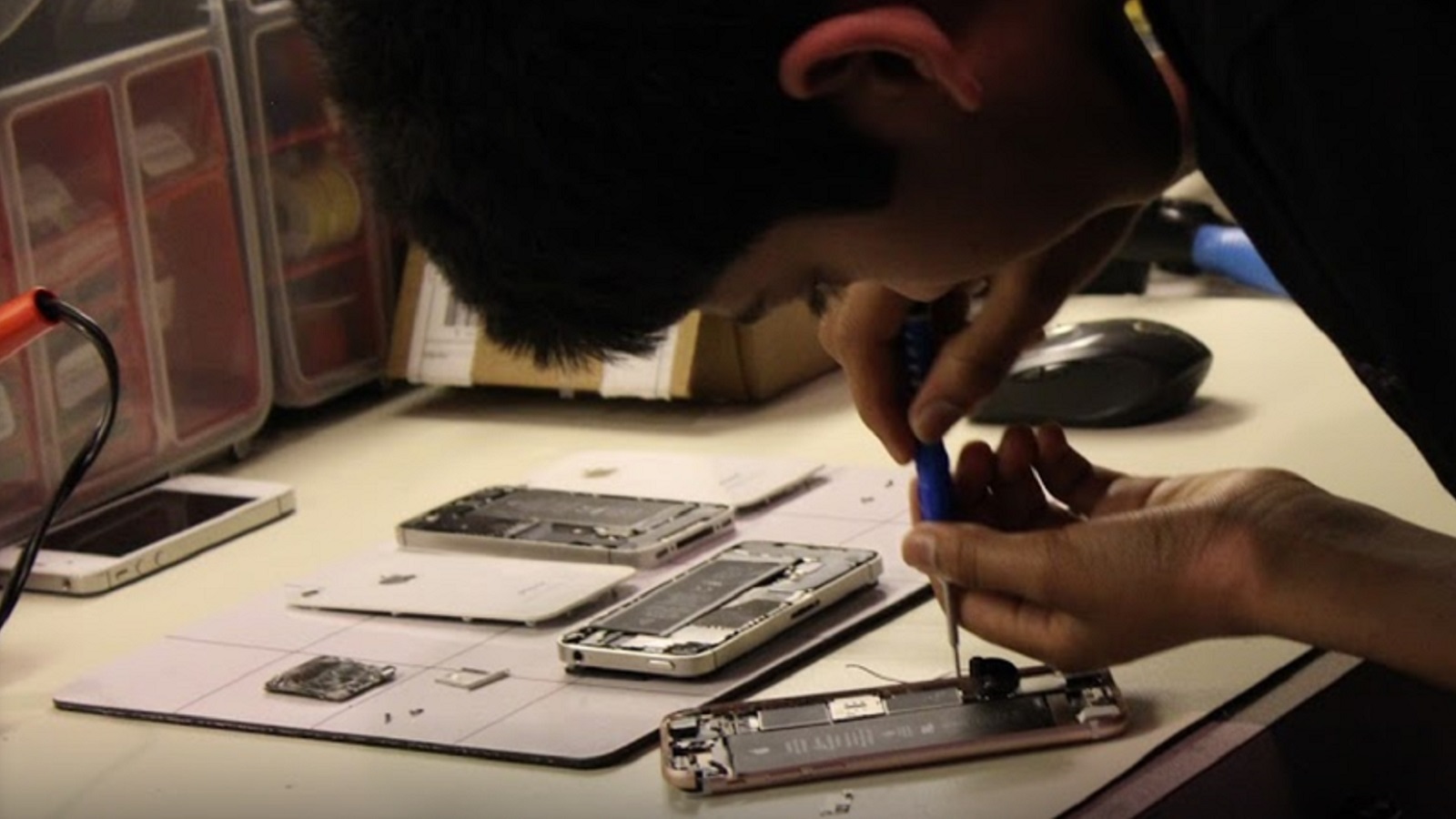
The costs of the digital divide are higher than ever. Repair can help.

